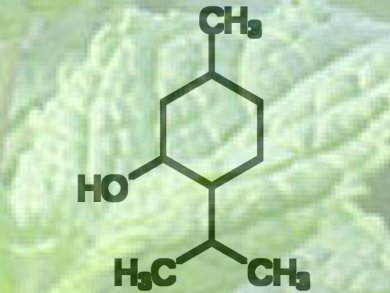Menthol is the world’s most-sold flavor ingredient and can be found in countless everyday products like toothpaste, chewing gum, and candies. Beside its fresh taste, it also has a cooling effect on the skin and mucous membranes, why it is often used for pharmaceuticals and cosmetics like cooling ointments, inhalations, deodorants, and shower gels. The constantly growing worldwide demand of 25,000 to 30,000 metric tons per year already exceeds the available supply.
BASF will be putting the world’s largest production plant for nature-identical menthol into operation at their Ludwigshafen, Germany, site in summer 2012. A completely new process means it can be produced reliably and in consistently good quality.
Originally, pure menthol had been obtained from corn mint (Mentha arvensis). As harvest yields and product quality can vary depending on climatic conditions, resulting in supply shortages, menthol hasd been manufactured synthetically since 1973. Previous production methods either require very complex, multi-step syntheses, or they yield not only the desired, naturally occurring L-menthol but also the same amount of D-menthol which, depending on the intended use, has to be laboriously removed from the mixture. D-menthol has a less pronounced cooling action, so DL-menthol is required mainly for products in which the cooling effect is not predominant, for example in certain flavoring ingredients.
One of the key steps in the new process is asymmetric hydrogenation with a special, highly efficient catalyst system which ensures that mainly one enantiomer is synthesized from citral. In two further synthesis steps, this intermediate is then used to produce L-menthol.
The process has no downtimes, as it is a continuous process in which substances are constantly added and removed. This not only saves time but is more resource-efficient because more L-menthol with a purity of at least 99.7 % can be produced using the same amount of starting materials, according to BASF.
- BASF SE, Ludwigshafen, Germany




